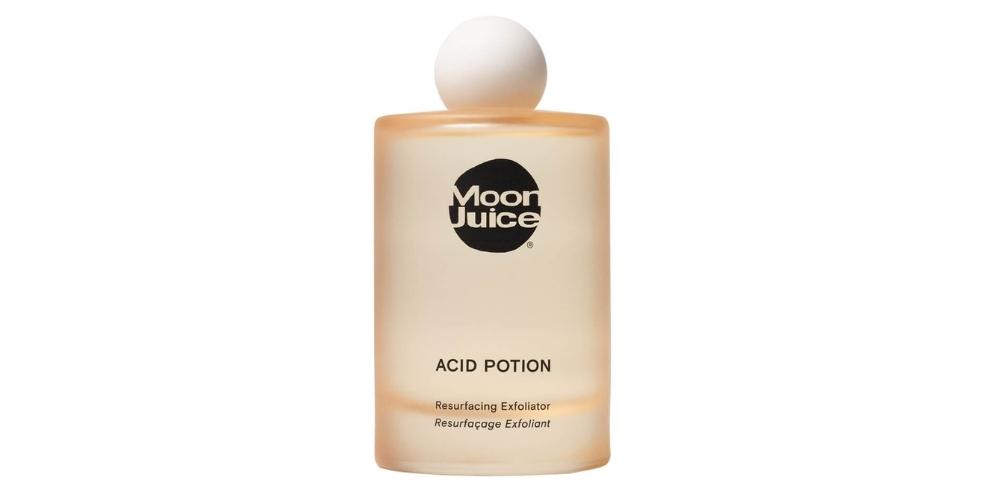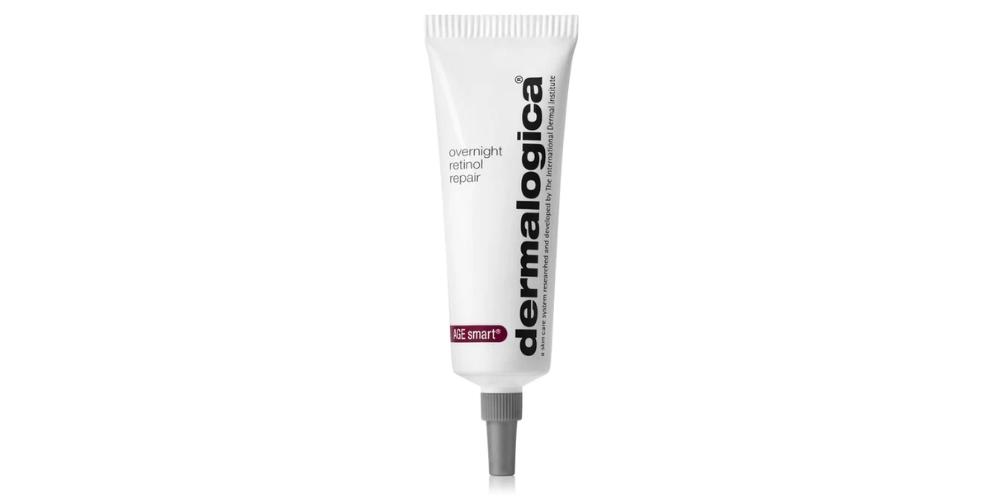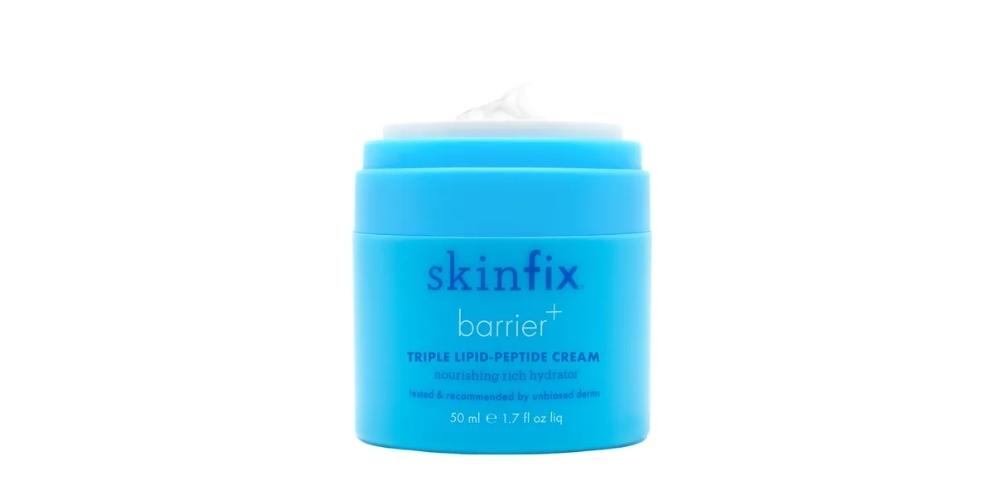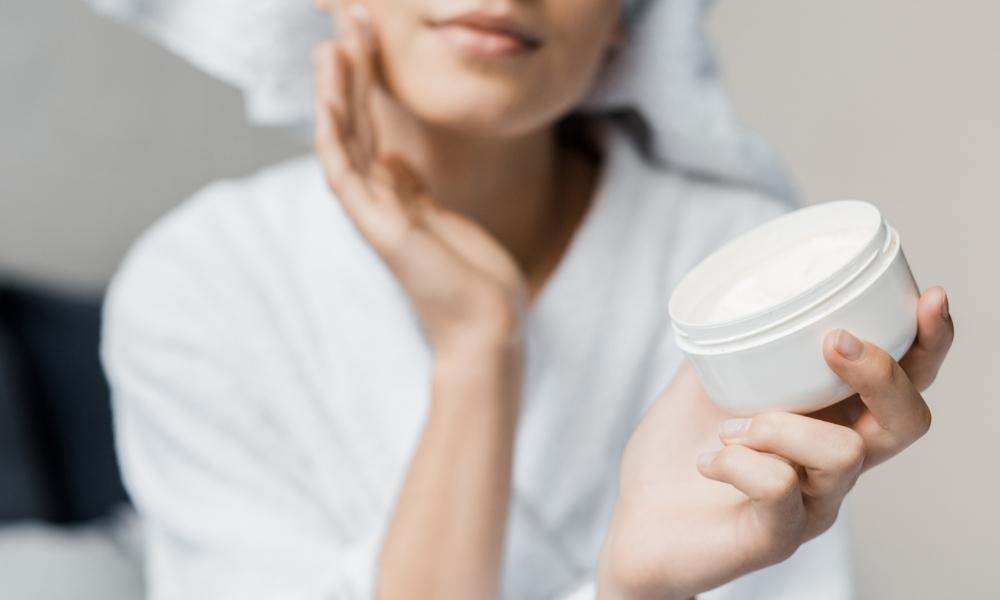With the plethora of new arrivals on skincare shelves, it can be easy to get overwhelmed.
If you’ve always had a fairly basic routine – a little bit of moisturiser, sunscreen perhaps – it can feel like there are too many options to know the best way to extend your routine to something that delivers better results.
Alternatively, if you’re a beauty lover, you may have experienced jumping in the deep end with a host of new products and finding your skin acting up or becoming sensitive thanks to doing too much, too soon.
Both of these approaches, as well as the change in lifestyle brought on by the pandemic, has led to the rise of trends that simplify skincare, like ‘skinimalism’, ‘skin kindness‘ and ‘microdosing‘.
In a similar vein, there’s now a straightforward new skin trend that makes using advanced skincare easier for everyone.
‘Skin cycling’ is an emerging approach that avoids overuse of powerhouse skincare products like exfoliants and retinoids, with a strategic plan of application over a number of nights.
It recognises the effective nature of advanced ingredients known to bring about positive change in skin, but also addresses the fact these ingredients can be irritating. As a result, skin cycling balances potentially irritating ingredients with all-important ‘recovery’ nights.
Created by New York Dermatologist Dr. Whitney Bowe, skin cycling introduces a four-night schedule; exfoliation night, retinoid night, recovery night, recovery night, repeat. The idea is to minimise sensitivity and maximise results.
Dr Bowe says the cycle should only be carried out at night, and after cleansing skin.
“I do not cycle in the morning. My morning skincare routine is pretty consistent. I might switch a product based on how dry my skin feels, but the order and the key steps stay the same.” In the morning she suggests cleansing and applying sunscreen, A vitamin C serum can also be used in the morning.
Skin cycling: How-to
Night one: Exfoliation night

Dr. Bowe recommends Moon Juice Acid Potion
On the first night of the regimen, Dr. Bowe recommends cleansing, then exfoliating the skin with a chemical exfoliant, rather than a gritty physical exfoliant. For dry skin this includes products with AHAs like glycolic or lactic acid. For oily or acne-prone skin, she suggests BHA or salicylic acid.
These products help sweep away dead skin clinging to the surface that can cause dullness as well as increasing skin cell turnover. Thus they’re incredibly effective at creating that desirable glow. As we age the natural skin cell turnover process slows, which is why it’s worth giving it a helping hand.
“When you add an exfoliating step to your skincare routine it can speed the skin cell turnover and dissolve away the inter-cellular glue that’s making that dead layer of cells stick together, so it reveals healthy, radiant glowing skin,” Dr Bowe explains on her Instagram. She says using the right exfoliating ingredients can also help with hyperpigmentation and evening skin tone.
They also prep skin to better receive and absorb the benefits of the following night, where retinol is used.
Night two: Retinoid night

Dr. Bowe recommends Dermalogica Overnight Retinol Repair
Night two of Dr. Bowe’s skin-cycling routine begins with cleansing, then applying a pea-sized amount of a retinol product.
An anti-aging star ingredient, retinol is one of the main forms of vitamin A and can stimulate cell turnover as well as help stimulate collagen production. It can help improve fine lines, dark spots, dark circles, and acne, however it can be drying or lead to sensitivity, particularly with overuse.
“Some people can tolerate a retinoid more frequently than others, Dr. Bowe shares on her website. “However, most people find that if they use them too frequently, or layer them with other potentially irritating ingredients, they end up with irritation rather than results. ”
If you’re new to retinol Dr. Bowe suggests buffering the ingredient by applying thin layer on moisturiser first, under eyes, in your smile lines and the ‘marionette’ lines around the mouth.
Nights three and four:

Dr. Bowe recommends Skinfix Barrier+ Triple Lipid-Peptide Cream
Designed to give skin a break from advanced ingredients, nights three and four are for hydrating, soothing and repairing skin.
“On recovery nights, you want to focus on nourishing your skin microbiome and repairing your skin barrier—think hydration and moisture,” says Dr Bowe.
Again, applied after cleansing, you can use a simple hydration serum, like one with hyaluronic acid, or simply choose a nourishing night cream or moisturiser. To help repair your barrier, Dr Bowe likes products with ingredients like squalane, ceramides, hyaluronic acid, and prebiotics and postbiotics to nourish your skin’s microbiome.
Once the cycle is completed, the following night you start back at night one, exfoliation night.







